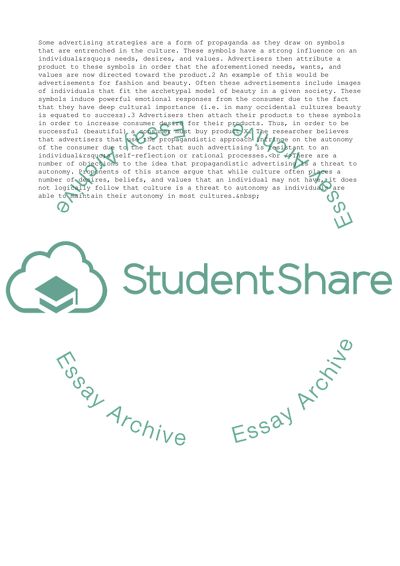Cite this document
(Ethics of Business and Advertising Assignment Example | Topics and Well Written Essays - 2250 words, n.d.)
Ethics of Business and Advertising Assignment Example | Topics and Well Written Essays - 2250 words. https://studentshare.org/business/1723759-business-or-advertising-ethics
Ethics of Business and Advertising Assignment Example | Topics and Well Written Essays - 2250 words. https://studentshare.org/business/1723759-business-or-advertising-ethics
(Ethics of Business and Advertising Assignment Example | Topics and Well Written Essays - 2250 Words)
Ethics of Business and Advertising Assignment Example | Topics and Well Written Essays - 2250 Words. https://studentshare.org/business/1723759-business-or-advertising-ethics.
Ethics of Business and Advertising Assignment Example | Topics and Well Written Essays - 2250 Words. https://studentshare.org/business/1723759-business-or-advertising-ethics.
“Ethics of Business and Advertising Assignment Example | Topics and Well Written Essays - 2250 Words”. https://studentshare.org/business/1723759-business-or-advertising-ethics.


